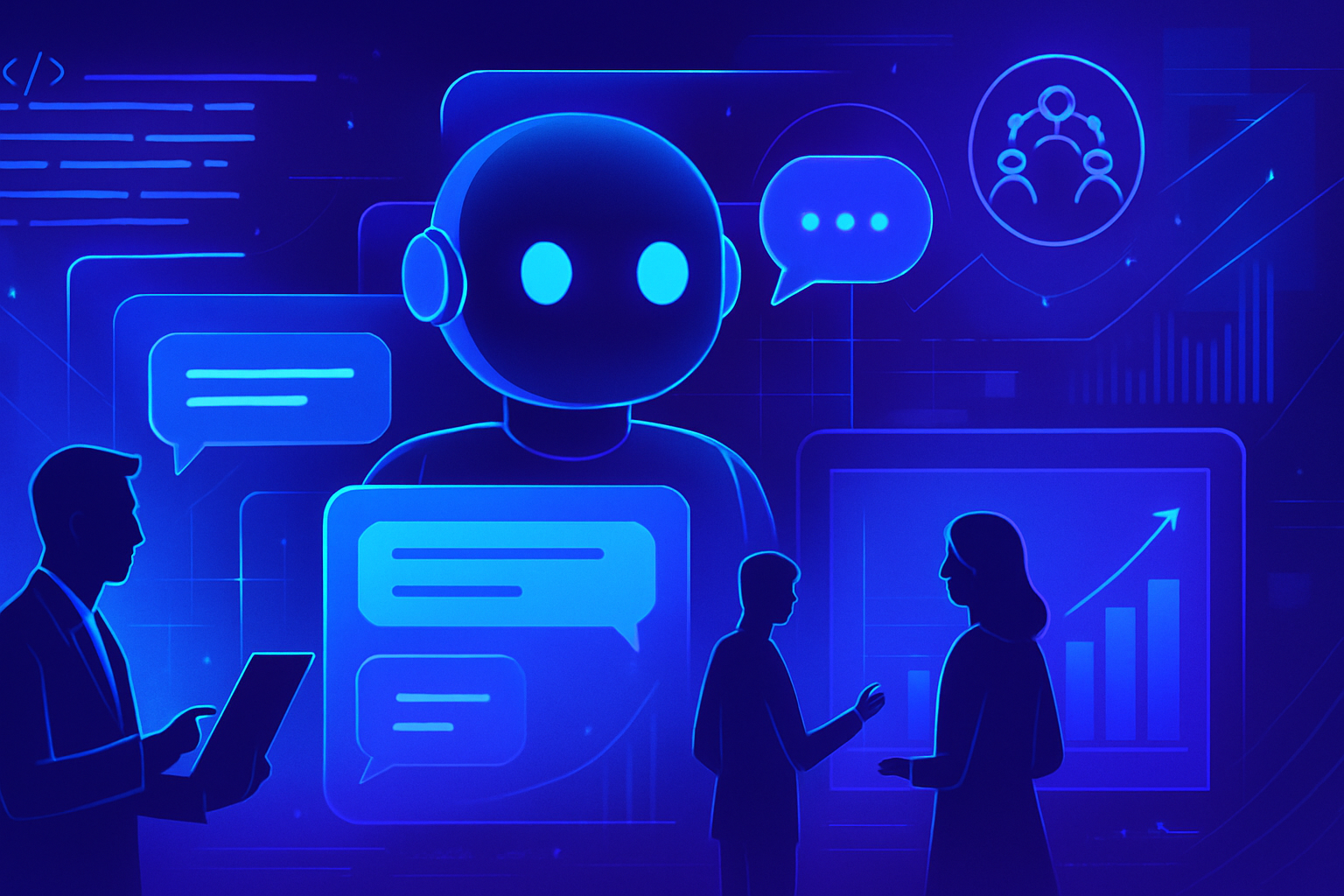Artificial intelligence, fascinating and perilous, faces increasingly sophisticated threats. Modeling adversarial intelligence requires a rigorous analysis of the inherent vulnerabilities in AI systems. The necessity to anticipate the tactics of cyber attackers becomes paramount for businesses. Understanding adversarial behaviors is fundamental for developing robust defense strategies. The threat extends beyond simple security flaws; foresight proves indispensable. AI systems must innovate to counter evolving attacks. Analyzing anticipated vulnerabilities allows for leveraging adversarial intelligence, thus transforming the landscape of digital security.
Modeling Adversarial Behaviors
The challenges posed by cyber threats evolve due to the technological capabilities of attackers. Modeling adversarial behaviors seeks to mimic the strategies used by these threats. Researchers and engineers explore how to integrate artificial intelligence (AI) to test and enhance the security of systems. By reproducing the tactics of cybercriminals, businesses can identify and correct their vulnerabilities. This includes implementing rigorous testing before any deployment, allowing for the anticipation of potential attacks.
Examples of Exploited Vulnerabilities
Recently, several security flaws have been exploited by hackers, highlighting the importance of proactive detection. Companies have observed incursions related to sophisticated malware, making the digital environment increasingly dangerous. Social networks, payment systems, and critical infrastructures are prime targets. The use of AI in this modeling helps to anticipate attack methods, whether through ransomware or other malicious tactics. Each new update of an operational system can introduce weaknesses that adversarial agents may exploit.
Prevention Strategies via AI
To mitigate these risks, cybersecurity professionals apply strategies utilizing AI. Intelligent detection systems capable of analyzing user behavior play a key role. By flagging any anomalies, they allow for a rapid and adequate response to intrusion attempts. Each system requires constant updates to remain effective against the evolving threats. Collaboration between security experts and AI researchers proves fruitful in refining these strategies. The results observed thus far show a significant improvement in detection capabilities, thereby strengthening the defenses of businesses.
Impact of Regulations on AI Security
New regulations, such as the NIS 2 framework, reinforce the security requirements for information systems. These standards impose increased vigilance on companies regarding their cybersecurity practices. Organizations must continuously evaluate their protective measures and adopt advanced technologies as previously discussed. The integration of strategic advice driven by AI becomes essential for maintaining security. Companies must also prepare to meet legal requirements while mastering the use of AI to avoid sanctions or reputational damages.
Consequences of Inadequate Defense
The consequences of security breaches are manifold. A successful attack can lead to significant financial losses and erode customer trust. Sensitive data, when compromised, exposes companies to data protection laws, resulting in legal actions. Inaction in the face of a known vulnerability constitutes unacceptable negligence legally and ethically. Investments in securing systems must be viewed as an organizational priority to ensure the longevity of the company.
The Next Generation of AI in Cybersecurity
Ongoing research into the development of intelligent adversarial agents suggests a future where these tools will further enhance cybersecurity. Constant improvements aim to refine the sophistication of systems capable of countering increasingly elaborate attacks. Innovations may incorporate learnings from cyberattack simulations, allowing for a flexible and dynamic response. Companies must remain vigilant to the evolution of this technology to stay ahead of growing threats.
International Cooperation and Ethics
International cooperation in cybersecurity is becoming increasingly imperative. Cyber threats know no borders. Harmonizing preventive efforts on a global scale seems to be an essential step in countering the evolution of cybercriminals. Ethical discussions surrounding the use of AI highlight the need for establishing guidelines for the responsible use of these technologies. Researchers and practitioners worldwide must collaborate to establish security standards tailored to future challenges. Achieving a balance between innovation and data protection remains a priority.
FAQ: Modeling Adversarial Intelligence to Leverage AI Security Vulnerabilities
What is adversarial intelligence in cybersecurity?
Adversarial intelligence refers to the methods and strategies used by attackers to exploit security vulnerabilities in a system. This includes analyzing target systems and using suitable tools to formulate sophisticated attacks.
How can we model attackers’ behaviors to strengthen AI system security?
Behaviors of attackers can be modeled by creating attack simulations using artificial intelligence and machine learning techniques. These simulations help identify flaws and evaluate the effectiveness of existing defense mechanisms.
What are the main artificial intelligence tools used to test AI system defenses?
Artificial intelligence tools include cybersecurity agents capable of detecting, analyzing, and simulating attacks, such as AI-powered intrusion detection systems and automated penetration testing platforms.
What types of vulnerabilities can be targeted by attackers through adversarial intelligence?
Targeted vulnerabilities may include software flaws, misconfigurations, security protocol defects, as well as weaknesses in machine learning that can be exploited to train biased or malicious models.
How can businesses leverage adversarial intelligence to improve their security?
Businesses can leverage adversarial intelligence by integrating attack simulations into their regular security assessments, training their staff on best practices, and adopting advanced security solutions based on real attack data.
What role does machine learning play in modeling adversarial behaviors?
Machine learning is essential for analyzing massive volumes of data on attack behaviors, enabling systems to adapt and improve continuously while predicting potential threats before they materialize.
How can attack simulations help anticipate future threats?
Attack simulations allow for understanding techniques used by attackers and evaluating system resistance to various scenarios. This helps to anticipate future threats by enhancing detection and response systems.
What are the challenges faced when modeling adversarial behaviors?
Challenges include the increasing complexity of AI systems, the diversity of potential attacks, and the need for representative training data to refine attack and defense models.
How can the effectiveness of defense strategies against adversarial intelligence be measured?
The effectiveness of strategies can be measured using key performance indicators (KPI), regular penetration tests, and post-attack behavioral analyses to assess the speed and effectiveness of incident response.






